How to grow lettuce
Written by Maggie
Jan 28 2021
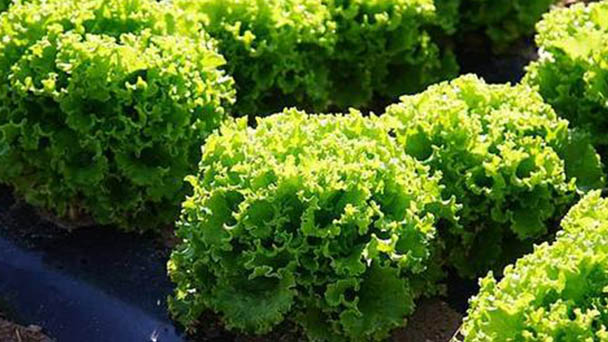
Lettuce is a must for hotpot vegetables, and can also be used in salads. Lettuce rich nutritional value is one of the reasons for its popularity. Lettuce is a hardy crop that can grow well in most areas. Cultivate the seeds indoors and start planting after the first frost. With any luck, you can make a delicious homemade salad in early summer. Let's learn how to grow Lettuce.
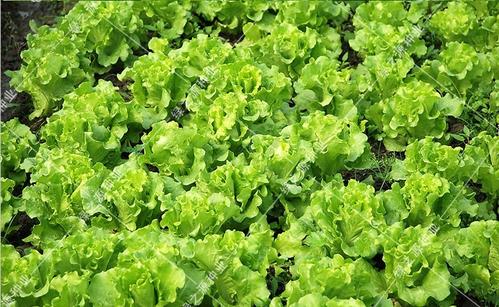
1. Choose Lettuce varieties to grow
What kind of Lettuce do you like best? Most need the same care, so if you want a mix of different types of salad, you can try growing several types at once. Buy your favourite ready to grow Lettuce seeds.
2. Decide whether to grow Lettuce seeds in the city or outside.
Either way, Lettuce can be grown very well, but indoor breeding offers the chance to grow more than one crop in a season. If you want to have fresh Lettuce on the table all summer and autumn, start growing more seeds indoors and planting them outdoors later.
3. Prepare trays for seeds
You can grow vegetable seeds in store-bought seed trays, egg cartons, paper boxes or make a seedpot out of newspaper.Fill the top 1/2 inch (1 inch =2.54 cm) of the seed tray with soilless medium. Wet the medium and prepare the seed for planting.
Seeds already contain the nutrients they need to germinate, so don't plant them directly in the soil. You can buy a growing medium or make the medium from perlite, vermiculite and wormwood.Mix it together in a 1:1:1 ratio.
The performance of the seed tray is not very important as the seeds will be transplanted to the ground once they germinate.
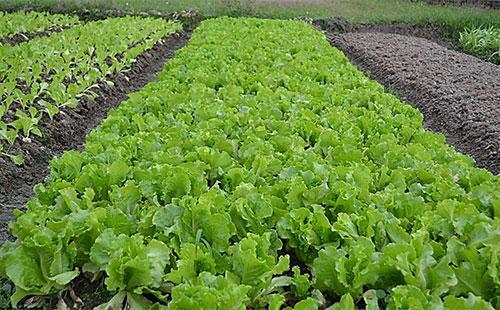
4. Grow the seeds four to six weeks before the soil is warm
This will give them the seeds to germinate before the ground becomes soft enough for planting. Spread the seeds evenly in the seed tray.Use your fingers to gently press them into the growing medium.
5. Provide seeds with plenty of sun and water.
Place the tray in a sunny window and keep the medium moist at all times. If it dries, the seeds may not grow.
For a week or so you can cover the seed tray with several layers of newspaper until the seeds germinate. Keep the newspaper moist at all times and change it when you see green shoots.
Do not overwater the seeds. Seeds that are too wet may not grow.
6. Plot ready for growing lettuce
You should plan to grow Lettuce after the last frost in spring. Choose an area where the soil drains well and gets plenty of sunlight. Use a soil loosener or spade to remove dirt and rocks, sticks and weeds from the area. Apply compost or fertilizer about a week before you plan to plant the seeds.
It can withstand cold, but under certain conditions it cannot grow properly. Make sure the soil is not too wet, as it can contain a lot of nitrogen.
Make sure the soil is rich in humus. Talk to your local nursery about how to enrich the soil in your particular area so that it is well suited to growing Lettuce.
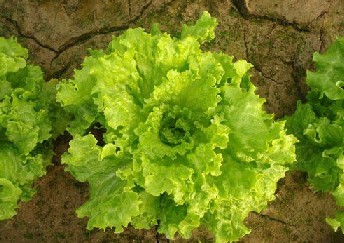
7. Grow seedlings of lettuce
One hole at 16 inches per row for short - and long-leaf Lettuce and one hole at 8 inches for pine - leaf varieties. The hole should be deep enough to accommodate the root ball of the plant. Pick seedlings from the seed tray and put them in the holes. Gently pat the soil around the roots to keep it vertical and water it until it is thoroughly moist.
Use a spray can or nozzle hose diffuser to water the Lettuce.
Do not completely submerge the seedlings in water; Just make sure the soil is completely moist.
8. Grow more seeds of lettuce
On the other side of the garden, you can grow another type of seedling that will be late, so you will have a longer growing season. Loosen the soil, then spread the seeds over 1/2 inch of soil. A bag of seeds can cover about 100 feet of ground.
It is best to grow pine leaves of lettuce from seed. They will grow later because they are more resistant to heat than short-leaf and long-leaf Lettuce and they are less likely to wither in hot summer months.
Water the seeds thoroughly after planting.
Fertilization should be applied 3 weeks after planting.
Use alfalfa meal or slow-release fertilizer, which is rich in nitrogen and can make Lettuce grow well and fast.
Keep watering the Lettuce.
If the leaves look withered, they need to be watered.Sprinkle some water every day; at any time the leaves will look a little limp.
9. Harvest ripe leaves after growing lettuce
When leaves look ready to eat -- they should be like the leaves you buy in the grocery store -- you can pick them straight from the plant.In a few weeks, when the plant is ready, you will want to cut the whole plant from the ground. If you leave it in the ground, it will eventually go bad.
Pick in the morning.They get crisper overnight, and if you pick them early, the crisper will stay there.
Lettuce is wilting towards the end of the growing season in high temperatures. It starts to seed and has a bitter taste. You can stop this by breaking off the center of the plant.Pull the Lettuce whole if it has not wilted.
Store harvested Lettuce in the fridge.
If you don't eat Lettuce right away, you can keep it in the fridge. If you wrap it in some paper towels and put it in a plastic bag belt, it should last up to ten days.
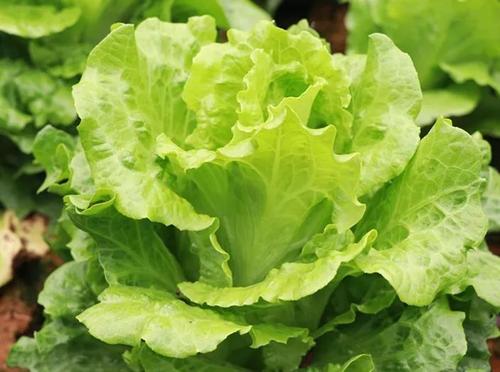
Latest Updated
- Benefits of Bugleweed - 7 Science-backed Health Benefits
- Bugleweed Dangers & Side Effects - Is It Poisonous?
- How to Plant Evergreen Trees - What You Should Know
- When to Plant Evergreens - Grow Guide for Evergreen Trees
- 12 Wonderful Evergreen Shrubs for Your Garden
- 12 Popular Evergreen Plants with Pictures for Beginners
- When And How To Prune A Lilac Bush Like a Pro
- How to Grow & Care for Lilac Vine (Hardenbergia Violacea)
- Japanese Lilac Tree (Syringa Reticulata) Care & Propagation Guide
- Shumard Oak Pros and Cons - What to Know
Popular Articles
- Winter maintenance of Antirrhinum Majus
- How to Grow Terminalia Mantaly Tree
- How to Grow and Care for Crossostephium Chinense
- How to grow Antirrhinum Majus in spring
- Peristeria Elata (Dove Orchid) Profile: Info & Care Guide
- Underwatered Snake Plant (Sansevieria Trifasciata) - Signs And How To Fix
- How to Care for Brazilian Jasmine Plant (Mandevilla Sanderi)
- How to Grow & Care for Graptopetalum Purple Delight in Summer
- Rosa Chinensis (China Rose): Plant Growing & Care Tips
- How to Care for Baby Sun Rose (Aptenia Cordifolia)